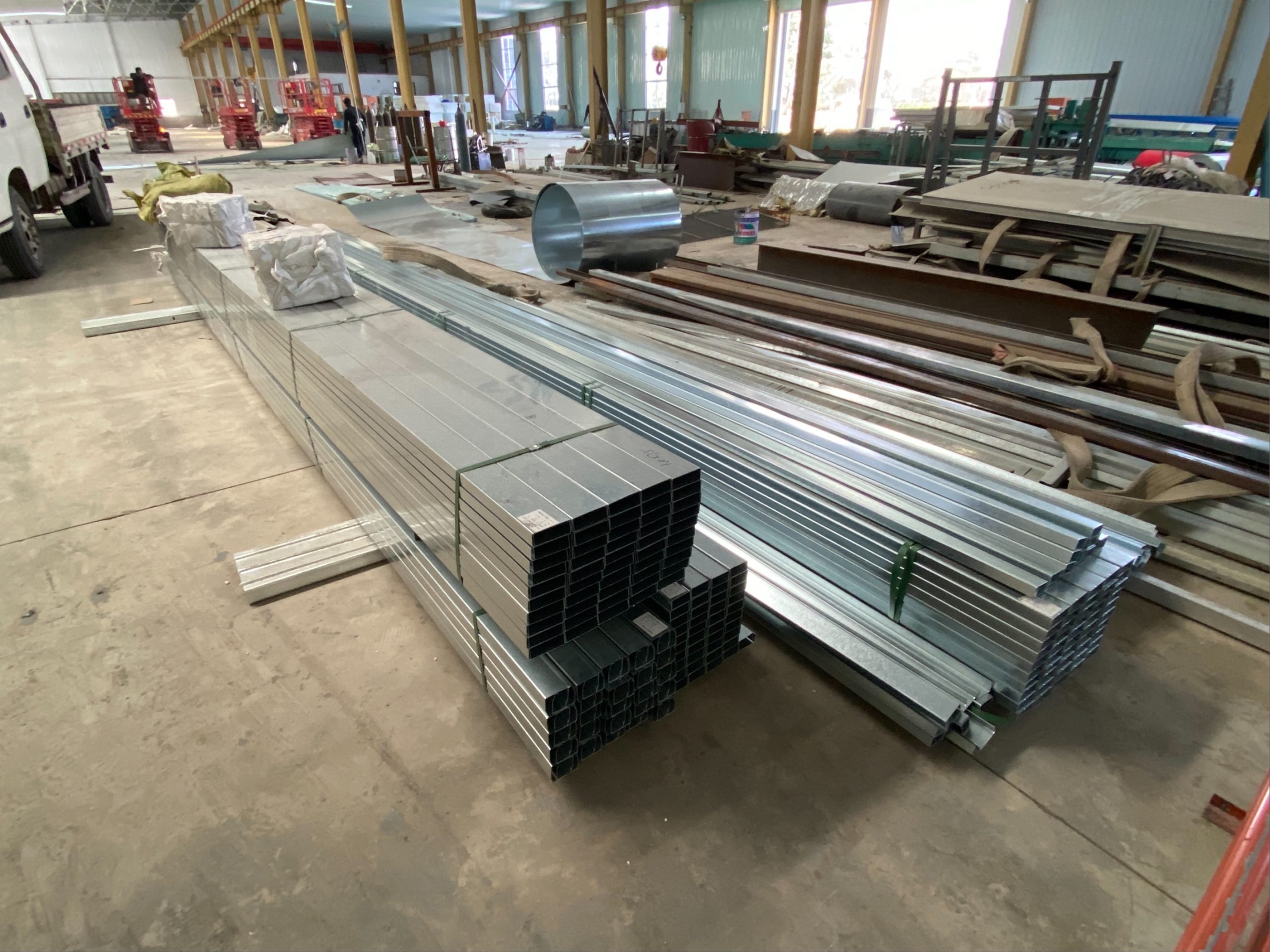Table of Contents
Benefits of Natural Lighting in Steel Structure Buildings
Design and optimization of light Environment for steel structure buildings is an important aspect of architectural and structural engineering. Natural lighting, in particular, plays a crucial role in enhancing the overall aesthetics and functionality of steel structure buildings. In this article, we will explore the benefits of natural lighting in steel structure buildings and how it can be optimized to create a more sustainable and comfortable built environment.
One of the key benefits of natural lighting in steel structure buildings is its ability to create a sense of openness and spaciousness. By allowing natural light to penetrate deep into the interior spaces, steel structure buildings can feel more inviting and visually appealing. This can have a positive impact on the overall well-being of the occupants, as natural light has been shown to improve mood and productivity.
In addition to its aesthetic benefits, natural lighting also has practical advantages for steel structure buildings. By harnessing natural light, building owners can reduce their reliance on artificial lighting, leading to significant energy savings. This not only reduces the building’s environmental footprint but also lowers operational costs in the long run. Furthermore, natural lighting can help to reduce the need for mechanical ventilation, as it can provide a source of fresh air and natural ventilation, improving indoor air quality.
To fully realize the benefits of natural lighting in steel structure buildings, it is important to optimize the design of the building to maximize the penetration of natural light. This can be achieved through careful consideration of the building’s orientation, layout, and fenestration. By strategically placing windows, Skylights, and other openings, architects and engineers can ensure that natural light reaches deep into the building’s interior, minimizing the need for artificial lighting during the day.
Another important consideration in the design and optimization of natural lighting in steel structure buildings is the use of light-reflective materials and surfaces. By incorporating light-colored finishes and reflective materials, such as glass and polished metal, architects and engineers can enhance the distribution of natural light within the building, further reducing the need for artificial lighting. Additionally, the use of light shelves and light wells can help to redirect and diffuse natural light, creating a more even and comfortable light environment throughout the building.
In conclusion, natural lighting plays a crucial role in enhancing the overall quality and sustainability of steel structure buildings. By harnessing natural light, building owners can create a more inviting and visually appealing built environment, while also reaping practical benefits such as energy savings and improved indoor air quality. Through careful design and optimization, architects and engineers can maximize the penetration of natural light within steel structure buildings, creating a more sustainable and comfortable living and working environment for occupants. As the demand for sustainable and energy-efficient buildings continues to grow, the importance of natural lighting in steel structure buildings cannot be overstated.
Strategies for Energy-Efficient Lighting Design in Steel Structure Buildings
Design and optimization of light environment for steel structure buildings is a crucial aspect of creating a comfortable and energy-efficient space. With the increasing focus on sustainability and energy conservation, it is essential to consider the lighting design in steel structure buildings to minimize energy consumption and create a pleasant environment for occupants.
One of the key strategies for energy-efficient lighting design in steel structure buildings is to maximize natural light. Natural light not only reduces the need for artificial lighting but also has numerous health and wellness benefits for occupants. To optimize natural light, architects and designers can incorporate large windows, skylights, and light wells into the building design. Additionally, the orientation of the building and the placement of windows can be carefully considered to maximize the penetration of natural light into the interior spaces.
In addition to maximizing natural light, it is important to carefully select and design artificial lighting systems for steel structure buildings. LED lighting has become increasingly popular due to its energy efficiency and long lifespan. When designing the artificial lighting system, it is important to consider the specific needs of each space within the building. For example, task lighting may be required in work areas, while ambient lighting may be more suitable for common areas. By carefully selecting and designing the artificial lighting system, energy consumption can be minimized while still providing adequate illumination for occupants.

Another important consideration for energy-efficient lighting design in steel structure buildings is the use of lighting controls. Advanced lighting control systems, such as occupancy Sensors, daylight sensors, and dimmers, can help optimize energy usage by adjusting the lighting Levels based on occupancy and natural light availability. These controls can be integrated into the building’s automation system to provide a seamless and efficient lighting environment.
Furthermore, the selection of lighting fixtures and their placement can have a significant impact on energy efficiency. Energy-efficient fixtures, such as those with high efficacy and low wattage, should be chosen to minimize energy consumption. Additionally, the placement of fixtures should be carefully planned to ensure even illumination throughout the space while minimizing glare and light pollution.
In conclusion, the design and optimization of the light environment for steel structure buildings is a critical aspect of creating a sustainable and comfortable space. By maximizing natural light, carefully selecting and designing artificial lighting systems, implementing lighting controls, and choosing energy-efficient fixtures, energy consumption can be minimized while still providing adequate illumination for occupants. With the increasing focus on sustainability and energy conservation, it is essential for architects and designers to prioritize energy-efficient lighting design in steel structure buildings. By doing so, they can create spaces that are not only environmentally friendly but also conducive to the health and well-being of occupants.
